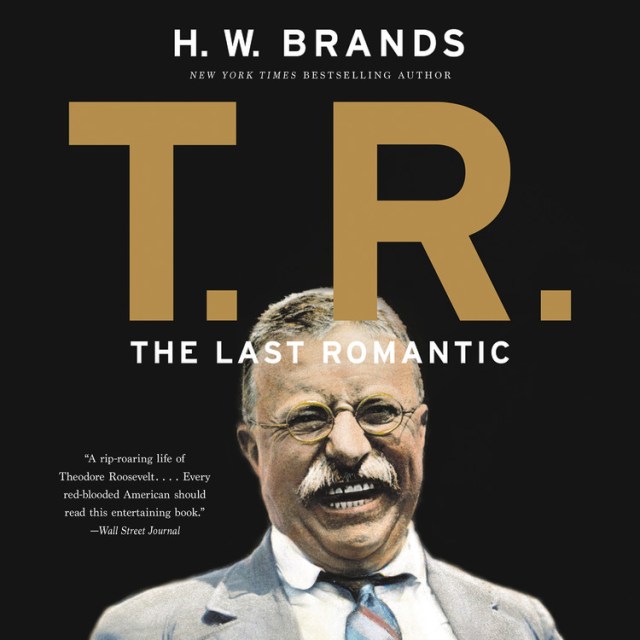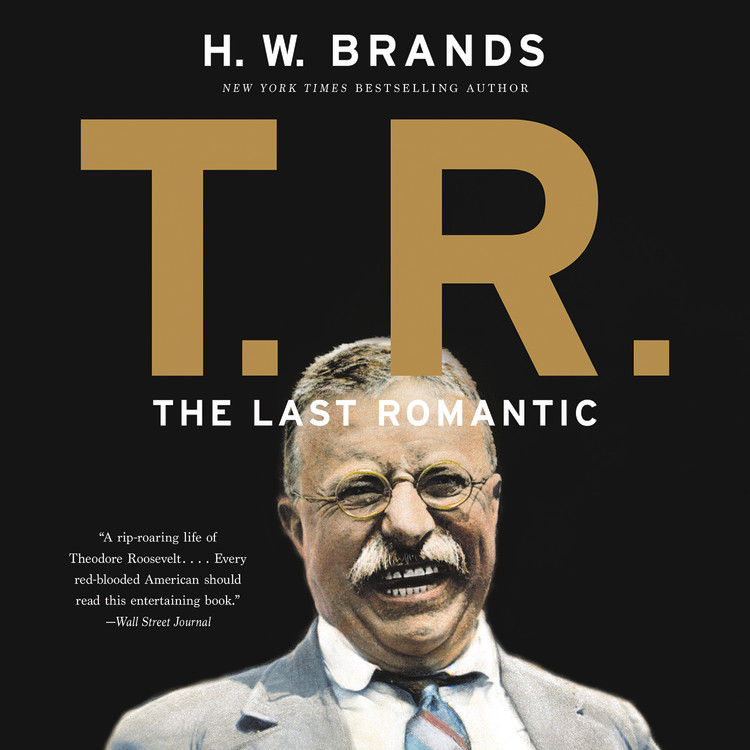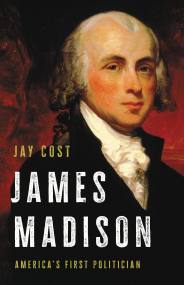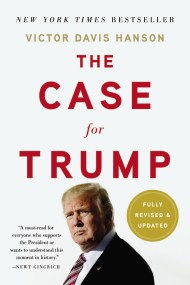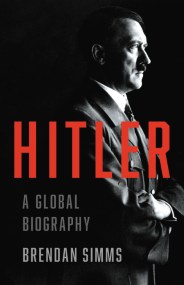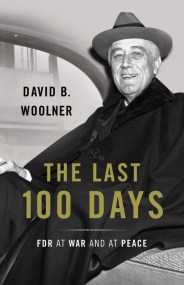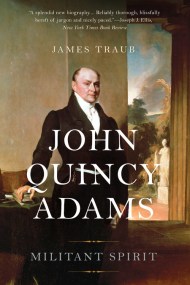T.R.
The Last Romantic
Contributors
By H. W. Brands
Read by Matt Kugler
Formats and Prices
Price
$49.99Format
Format:
- Audiobook Download (Unabridged) $49.99
- ebook $16.99 $21.99 CAD
- Trade Paperback $24.99 $30.99 CAD
This item is a preorder. Your payment method will be charged immediately, and the product is expected to ship on or around August 13, 2019. This date is subject to change due to shipping delays beyond our control.
Also available from:
From the New York Times bestselling author, an acclaimed biography of President Teddy Roosevelt
Lauded as “a rip-roaring life” (Wall Street Journal), TR is a magisterial biography of Theodore Roosevelt by bestselling author H.W. Brands. In his time, there was no more popular national figure than Roosevelt. It was not just the energy he brought to every political office he held or his unshakable moral convictions that made him so popular, or even his status as a bonafide war hero. Most important, Theodore Roosevelt was loved by the people because this scion of a privileged New York family loved America and Americans.
And yet, according to Brands, if we look at the private Roosevelt without blinders, we see a man whose great public strengths hid enormous personal deficiencies; he was uncompromising, self-involved, and a highly imperfect brother, husband, and father.
Beautifully written, and powerfully moved by its subject, TR is the classic biography of one of America’s greatest and most complex leaders.
Genre:
-
"A rip-roaring life of Theodore Roosevelt, in my view the most lovable, fascinating and creative of American presidents. Every red-blooded American should read this entertaining book.... Mr. Brands calls T.R. the last romantic, and it is true."Paul Johnson, Wall Street Journal
-
"Roosevelt's life in Mr. Brands' able hands is a demonstration of the remarkable power of the human will. Roosevelt literally created the character he lived out, and then lived within it until he finally became his creation."Washington Post
-
"Brands makes the case that Roosevelt believed in heroes and measured himself against giants of history and literature.... He puts them in vivid context with often wry narration and an impressive depth of historical research."USA Today
-
"Brands outlines with suitable vigor the most important aspects of T.R.'s presidential years.... It seems likely that T.R. will stand for some time as the standard one-volume life."Chicago Sun Times
-
"Brands shows how this hero of the charge up San Juan Hill, more than anyone else, led the United States onto the world stage."Los Angeles Times
-
"Brands' narrative is lucid, fast-moving and unblended by hero-worship. In a single volume he has packed Roosevelt's 60 years of ambition, adventure, expediency, achievement, and, finally, frustration at having peaked too soon."Publishers Weekly
- On Sale
- Aug 13, 2019
- Publisher
- Hachette Audio
- ISBN-13
- 9781549148279
Newsletter Signup
By clicking ‘Sign Up,’ I acknowledge that I have read and agree to Hachette Book Group’s Privacy Policy and Terms of Use
